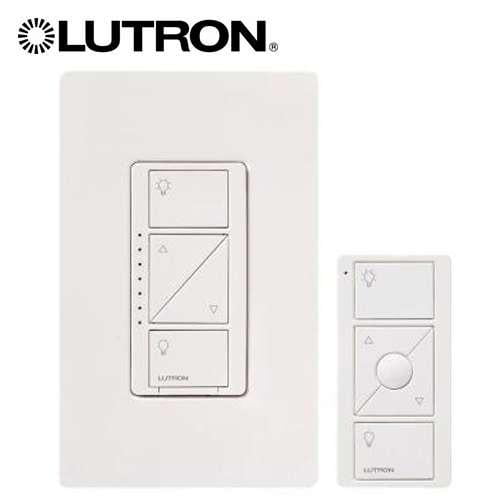sdauditorium
Active Member
In other various threads about LED fixtures, I had briefly alluded to a potential upcoming LED lighting conversion project in our district/community 600-seat PAC as part of a larger, $4.3 million district energy efficiency upgrade package. The resolutions for the referendum and financing for this project were officially approved this morning, and I believe the auditorium lighting portion of this package is approximately $521,000.
While this will of course be going out to bid, etc., there are a few essentials I know at this point. Included in the plans will be a new data distribution network with DMX drops at all lighting positions including a few portable nodes along with dimmer rack replacement for both stage and architectural lighting. Also, included, of course, are a multitude of LED fixtures - anywhere from 150-200 depending on exactly what is spec'ed.
In case anyone asks, it's a proscenium space with your standard assortment of school functions and concerts - assemblies, musicals, etc. - along with community-contracted shows that run the gammet of concerts/bands/musicians to plays and illusionists and more. Definitely an exciting time for sure, and while I've been doing fixture research, I'm just wondering if there are any other things to look out for or consider as we go through the design/spec/bid process?
While this will of course be going out to bid, etc., there are a few essentials I know at this point. Included in the plans will be a new data distribution network with DMX drops at all lighting positions including a few portable nodes along with dimmer rack replacement for both stage and architectural lighting. Also, included, of course, are a multitude of LED fixtures - anywhere from 150-200 depending on exactly what is spec'ed.
In case anyone asks, it's a proscenium space with your standard assortment of school functions and concerts - assemblies, musicals, etc. - along with community-contracted shows that run the gammet of concerts/bands/musicians to plays and illusionists and more. Definitely an exciting time for sure, and while I've been doing fixture research, I'm just wondering if there are any other things to look out for or consider as we go through the design/spec/bid process?




